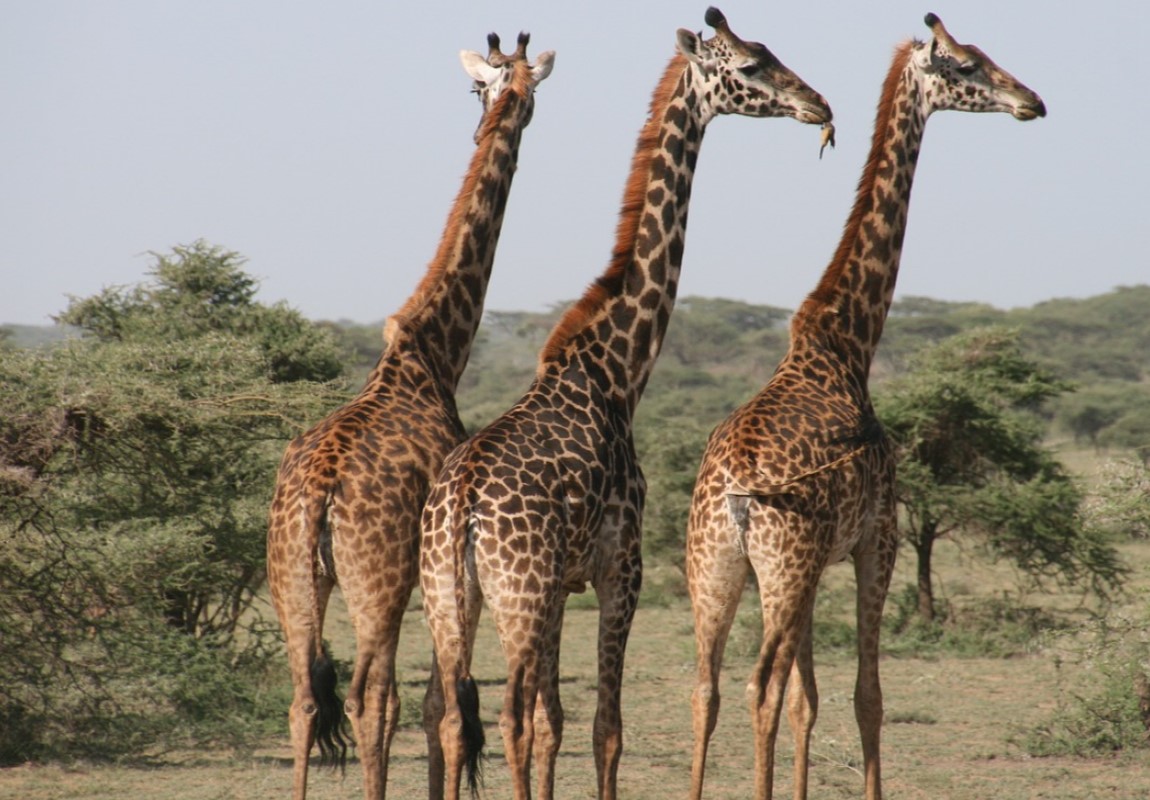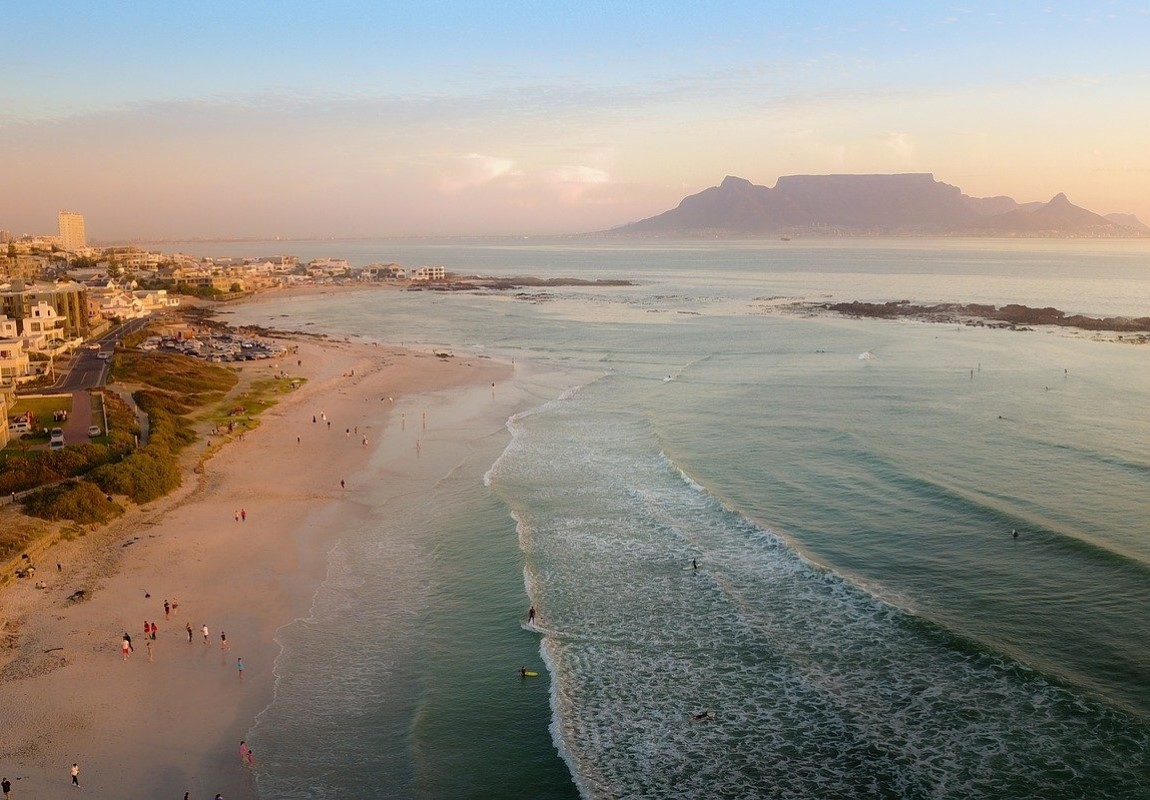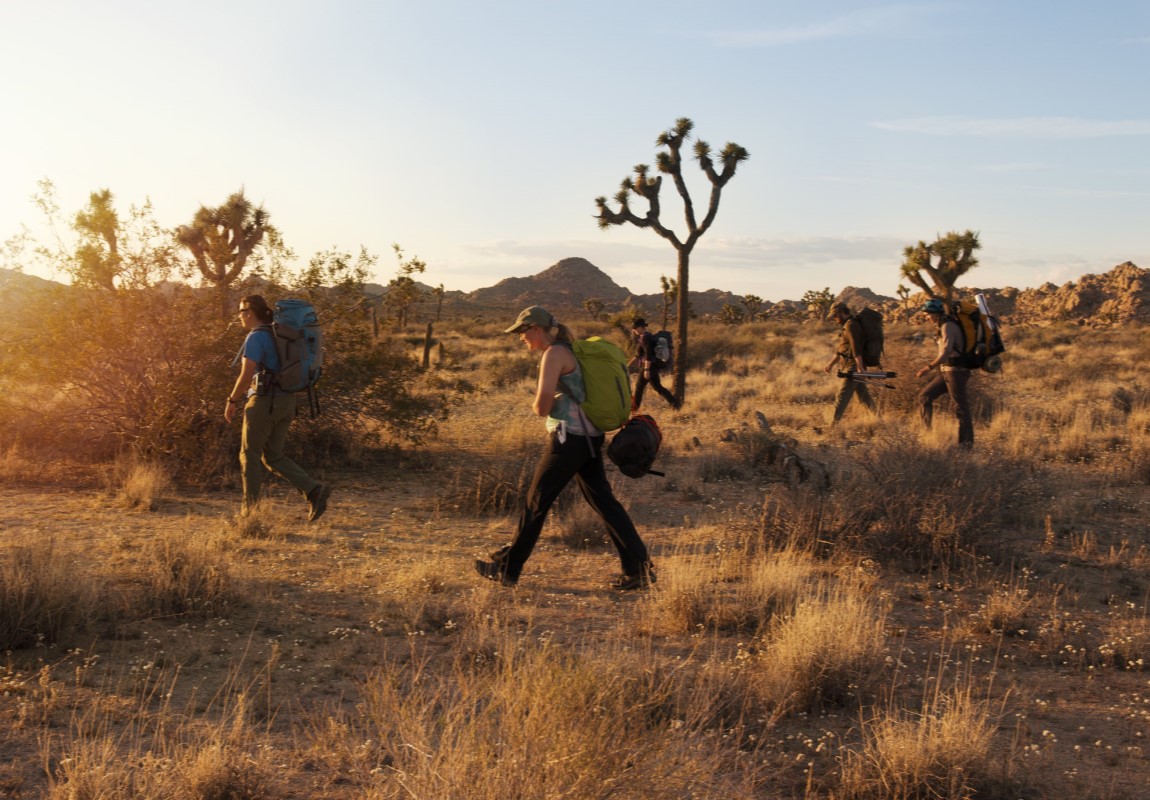Starting from
$500PP
Overview
Dorob National Park is a vast coastal desert protected area in northwestern Namibia, stretching along the Atlantic Ocean between Swakopmund and the Skeleton Coast. The park protects one of the world’s most striking desert–ocean ecosystems, where towering sand dunes, gravel plains, salt pans, and rugged mountains meet the cold Benguela Current. Rather than a traditional wildlife park, Dorob is defined by dramatic landscapes, unique desert-adapted life, and exceptional scenery. It plays a critical conservation role by safeguarding fragile desert ecosystems and coastal biodiversity while offering visitors unforgettable visual and geological experiences.
Pros & Cons
- Spectacular desert and coastal landscapes
- Unique desert–ocean ecosystem
- Cooler coastal climate year-round
- Excellent photography opportunities
- Easily accessible from Swakopmund
- Very limited large wildlife
- Not suitable for classic safari experiences
- Fog can reduce visibility
- Strong coastal winds at times
Map in Namibia
Want to Visit Dorob National Park?
Want to Visit Dorob National Park?
Wildlife & Animals
Wildlife in Dorob National Park is sparse and highly specialized, adapted to survive in extreme desert and coastal conditions. Most animals are small, elusive, and active during cooler parts of the day. Large mammals are largely absent, and wildlife viewing focuses more on ecological adaptations than on quantity or variety.
Wildlife Highlights
The highlight of Dorob’s wildlife lies in observing desert-adapted species that survive with minimal water, often relying on coastal fog for moisture. Encounters are subtle and best appreciated as part of the broader desert ecosystem.
Best Time for Wildlife Viewing
Wildlife encounters are most likely during early mornings and late afternoons throughout the cooler months from May to September.
Want to Visit Dorob National Park?
Birds
Dorob National Park supports coastal and desert bird species, particularly along the shoreline and salt pans. Seabirds, waders, and scavengers are the most visible birdlife, especially near the ocean and seasonal wetlands.
Best Time for Birding
Birdwatching is best from November to March, when migratory coastal birds are present and feeding activity increases.
Want to Visit Dorob National Park?
Best Time to Visit – Dorob National Park
Wildlife encounters are most likely during early mornings and late afternoons throughout the cooler months from May to September.
May to October (Dry Season)
- Cool coastal temperatures
- Clearer skies
- Ideal conditions for sightseeing and photography
- Cold mornings and evenings
- Occasional strong winds
November to April (Wet Season)
- Warmer temperatures
- Dynamic coastal fog scenery
- Fewer visitors
- Reduced visibility due to fog
- Stronger winds
- Less comfortable travel conditions
Want to Visit Dorob National Park?
Activities
Explore popular activities available in and around Dorob National Park.
Want to Visit Dorob National Park?
No FAQs available for this park yet.

 English
English French
French


















